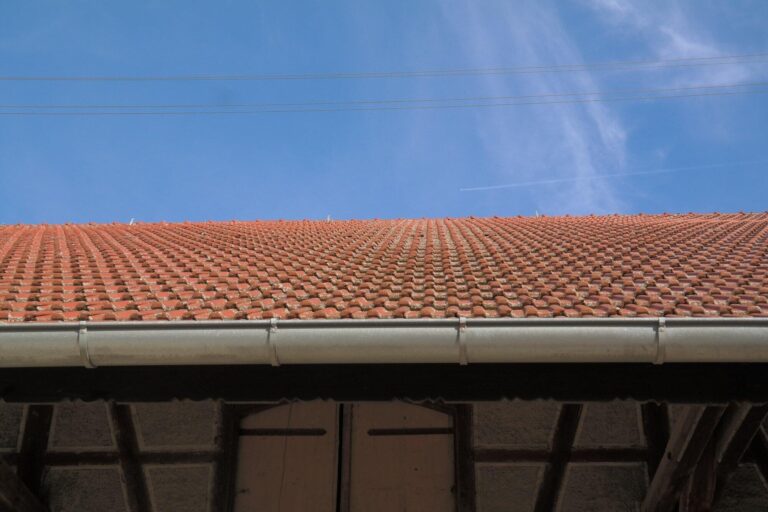Understanding Polywogs: A Comprehensive Guide
Polywogs, often referred to in the context of amphibian development, represent a fascinating stage in the life cycle of frogs and toads. This article delves deep into the concept of polywog, exploring their biological significance, environmental role, and more. Whether you’re a student, a nature enthusiast, or simply curious about these creatures, this guide aims to provide a thorough understanding of polywogs.
What is a Polywog?
A polywog, commonly known as a tadpole, is the larval stage of frogs and toads. These aquatic creatures typically have a streamlined body, a tail, and gills, which allow them to thrive in water. As they mature, polywogs undergo a remarkable transformation—a process known as metamorphosis—where they develop legs, lose their tails, and transition into adult frogs or toads.
Life Cycle of a Polywog
The life cycle of a polywog begins with the adult frog or toad laying eggs in water. These eggs hatch into tiny polywogs, which are primarily herbivorous, feeding on algae and plant matter. Over time, they undergo significant physical changes. Here’s a brief overview of the stages:
- Egg Stage: The female lays clusters of eggs in water.
- Tadpole Stage: The eggs hatch into polywogs, which live in water and breathe through gills.
- Metamorphosis: Polywogs begin developing legs, their tails shorten, and they gradually transition to breathing air through lungs.
- Adult Stage: Fully transformed frogs or toads leave the water to live on land.
Physical Characteristics of Polywogs
Polywogs exhibit several distinct physical traits that differentiate them from adult frogs and toads:
- Body Structure: Polywogs have a rounded, elongated body with a long, flat tail that aids in swimming.
- Respiration: Gills allow them to extract oxygen from water, which they gradually replace with lungs as they mature.
- Coloration: Typically, polywogs are green or brown, providing camouflage in their aquatic environment.
The Importance of Polywogs in Ecosystems
Polywogs play a crucial role in their ecosystems. As they are primarily herbivorous, they help control algae populations in freshwater habitats. Furthermore, they serve as a vital food source for various predators, including birds, fish, and mammals. Their presence indicates a healthy environment, as they are sensitive to pollution and habitat changes.
Habitat of Polywogs
Polywogs thrive in freshwater environments such as ponds, lakes, and streams. They prefer areas with abundant vegetation, which provides both food and shelter. The availability of clean, shallow water is essential for their survival and development.
Factors Affecting Polywog Populations
Several factors can impact polywog populations, including:
- Pollution: Contaminants in water bodies can harm polywogs and disrupt their development.
- Climate Change: Changes in temperature and precipitation patterns can affect their habitats and breeding cycles.
- Habitat Destruction: Urbanization and agriculture can lead to the loss of wetlands, threatening polywog populations.
Polywogs and Their Developmental Stages
Understanding the developmental stages of polywogs provides insight into their biology and behavior.
Growth and Development
Polywogs generally grow rapidly, especially during the warm months. Their growth can be influenced by environmental factors such as temperature and food availability.
Metamorphosis: A Critical Transition
The metamorphosis from polywog to adult frog or toad is a complex process:
- Leg Development: The first sign of metamorphosis is the development of hind legs, followed by front legs.
- Tail Resorption: As legs develop, the tail begins to shrink and is eventually absorbed by the body.
- Lung Development: Gills are gradually replaced by lungs, allowing the polywog to breathe air.
Factors Influencing Metamorphosis
Several factors can influence the timing and success of metamorphosis, including:
- Water Temperature: Warmer temperatures can accelerate development.
- Food Availability: Abundant food sources promote healthy growth and transition.
- Environmental Stressors: Pollution and habitat changes can hinder the metamorphosis process.
The Role of Polywogs in Scientific Research
Polywogs have become important subjects in scientific research, particularly in studies related to development, environmental science, and conservation biology.
Model Organisms
Due to their well-documented life cycle, polywogs are often used as model organisms in biological research. Scientists study their genetic and developmental processes to understand broader biological principles.
Environmental Indicators
Polywogs serve as bioindicators, meaning their presence and health can reflect the overall condition of their environment. Monitoring polywog populations can provide valuable insights into the health of freshwater ecosystems.
Conservation of Polywogs
With many amphibian species facing threats, conservation efforts aimed at protecting polywogs and their habitats are essential.
Threats to Polywogs
Several factors threaten polywog populations:
- Habitat Loss: Urban development and agricultural expansion can lead to the destruction of breeding sites.
- Pollution: Contaminants from agricultural runoff and industrial waste can adversely affect polywogs.
- Climate Change: Changes in climate can alter their habitats and affect their reproductive cycles.
Conservation Efforts
To protect polywogs, several conservation strategies can be implemented:
- Habitat Restoration: Rehabilitating wetlands and ponds can provide safe breeding grounds for polywogs.
- Pollution Control: Implementing stricter regulations on pollutants can help maintain clean water sources.
- Public Awareness: Educating communities about the importance of polywogs and amphibian conservation can foster support for preservation efforts.
Conclusion
Polywogs are not only a fascinating stage in the life cycle of frogs and toads, but they also play a critical role in maintaining ecological balance. Understanding their biology, habitats, and the threats they face is essential for conservation efforts. By fostering awareness and taking action to protect these remarkable creatures, we can contribute to a healthier environment for future generations.
FAQs
What is a polywog?
A polywog, also known as a tadpole, is the larval stage of frogs and toads, characterized by a streamlined body, tail, and gills.
How long does a polywog live?
Polywogs typically remain in their tadpole stage for several weeks to a few months, depending on species and environmental conditions, before undergoing metamorphosis.
What do polywogs eat?
Polywogs primarily feed on algae and plant matter in their aquatic environment.
Why are polywogs important to ecosystems?
Polywogs help control algae populations and serve as a food source for various predators, indicating a healthy environment.
What threats do polywogs face?
Polywogs face threats from pollution, habitat destruction, and climate change, which can impact their populations and development.
By understanding the significance of polywogs and taking steps to protect their habitats, we can ensure that these fascinating creatures continue to thrive in our ecosystems.







